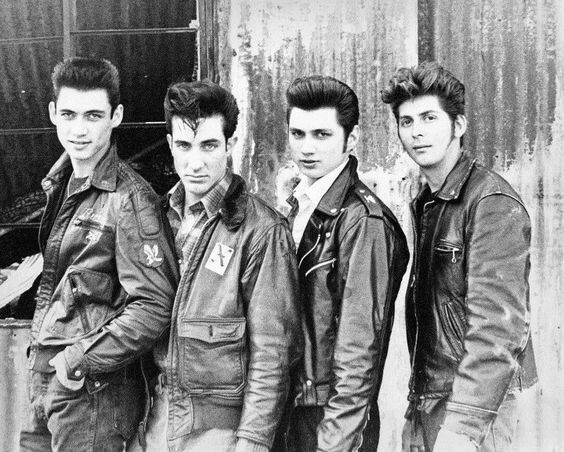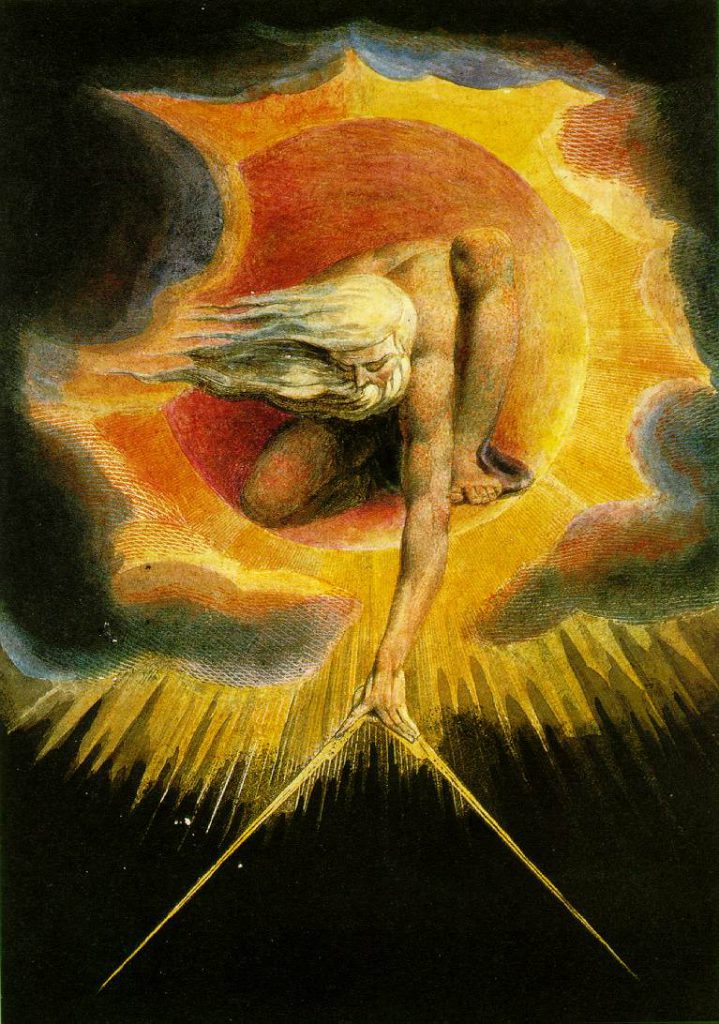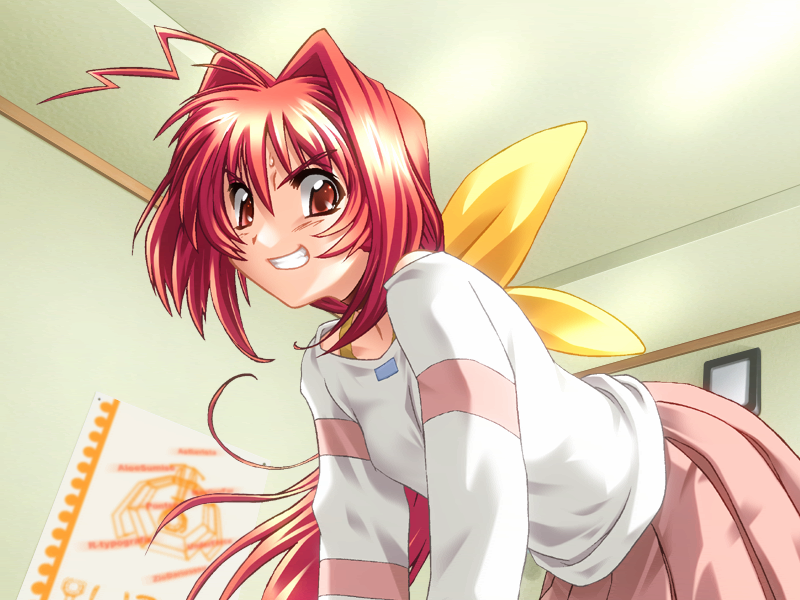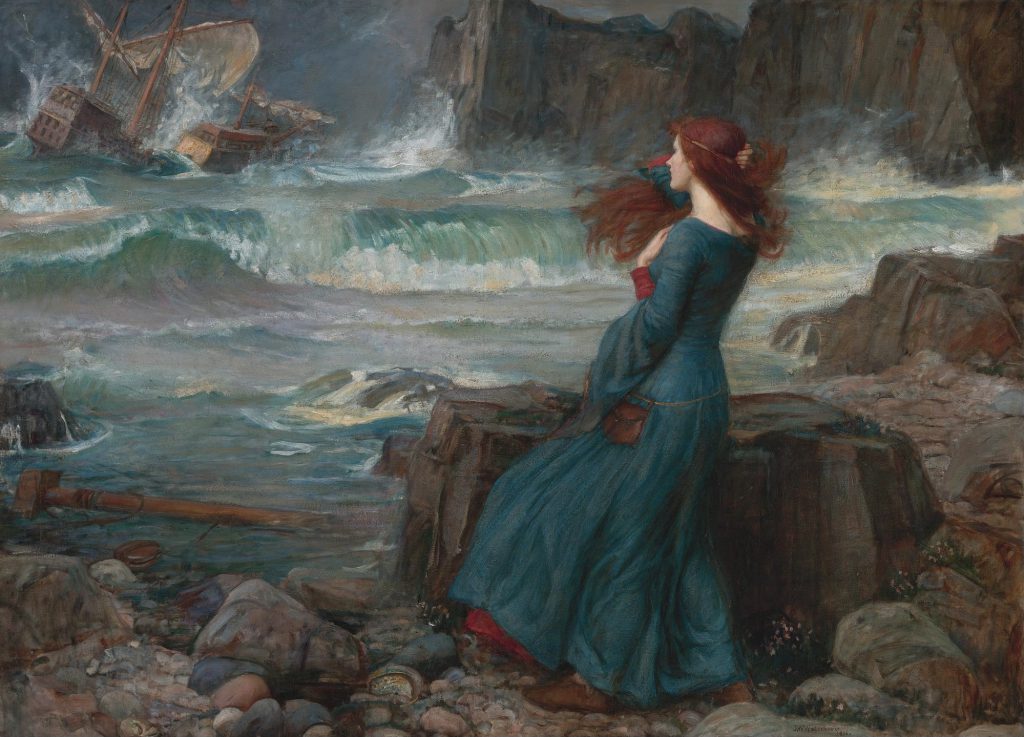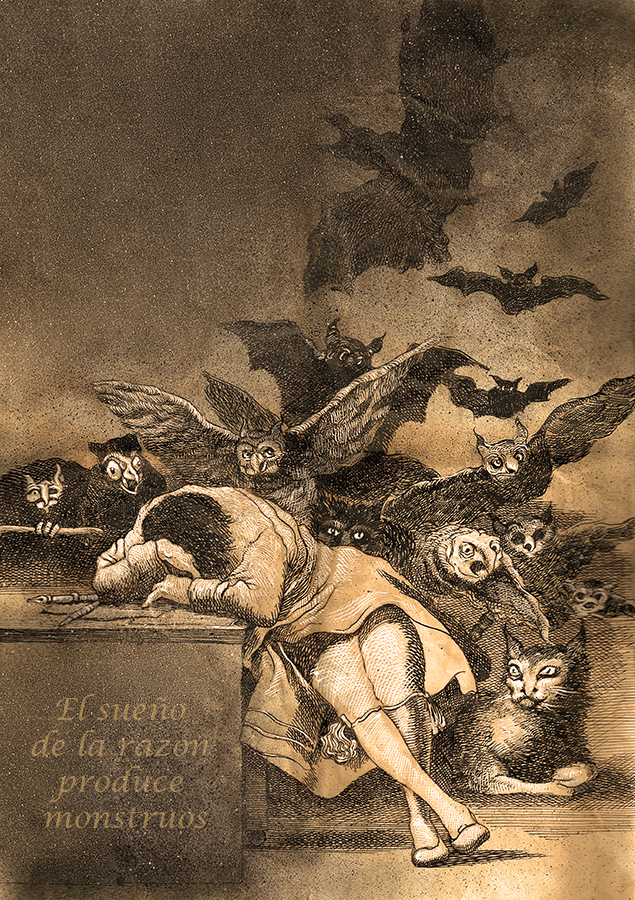Hello, and welcome to the fourth article of The Combat Report, the development blog for the alternate-history love and war visual novel, Steel Hearts. Following in the pattern of the previous posts, this article focuses on the fourth and final heroine, Brynhilde von Solberg.
Minor character details may be “spoiled” ahead, but there are no major spoilers or other plot details that would ruin a first-time read of the VN.
Ride of the Valkyrie
“That’s one way to put it. Some may call it narcissism. I call it ambition.”
Brynhilde von Solberg
Along with Lisabet and Hannah, Brynhilde was conceived pretty early, largely to exist as a foil to Hannah (or the other way around). We had envisioned her as a transfer student, the rich sort that was a fencer, a veritable… sword enthusiast (for lack of a more polite word), as you might see in some VNs and anime. Princessly, noble, the works.
We soon scrapped this idea (transfer student is a bit played out, we felt, even among other archetypes, and we didn’t really want to riff Muv-Luv any more than we already were). Instead, Brynhilde joined the ranks of the Student Council and was aged up slightly to become a twelfth-year student (whereas Lisabet, Hannah, and Caleb are eleventh-years and Juliet is a tenth-year). Now, she was in a position of power, establishing a new dynamic with the others (mostly Hannah) and hinting at things to come in the latter war-themed half of the VN.
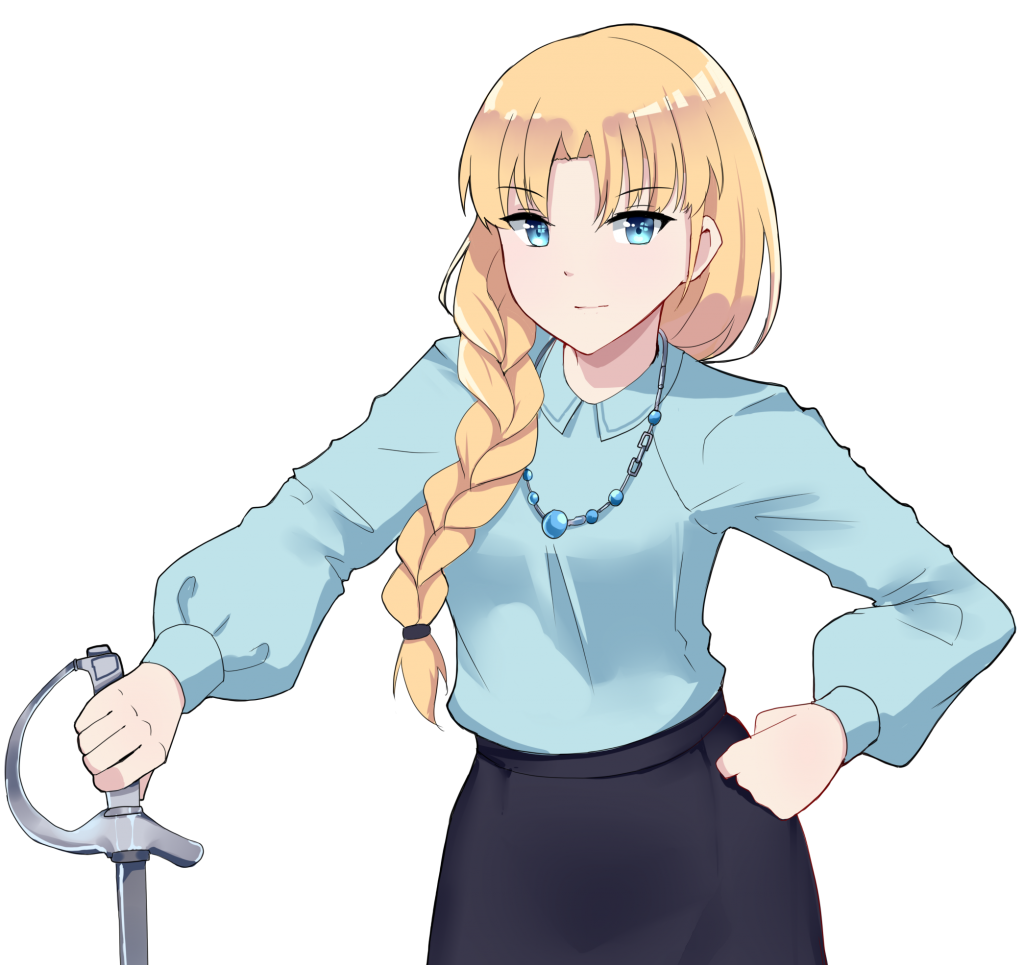
Brynhilde originally looked quite princess-like, with drills in the front and a ponytail in the back, along with a ribbon. After quite some time, however, we overhauled her design, giving her bangs that slightly exposed the forehead and a braid that drapes over her shoulder. I was quite fond of the drills, but Brynhilde is not a mere princess–I prefer to refer to her as a “warrior princess”. She is still noble and refined (mostly), but she is ambitious, powerful, and ardent. The braid being the focal point of her design, instead of drills, helped drive home this idea–the braid is befitting of a viking or valkyrie, no?
Likewise, her name was chosen to further emphasize her identity–Brynhilde Frieda Brigitte Burgstaller zu der Fluß Komteß von Solberg.
That’s a mouthful. It was customary for nobles at the time to have many middle names. I’ll break it down.
- Brynhilde – A valkyrie. The name itself was derived from the old German words for “armor” and “battle”.
- Frieda – Shortened and female version of “Friedrich”, which means “peaceful ruler”.
- Brigitte – From the Irish smithing goddess, Brigid. The name means “exalted one”.
- Burgstaller zu der Fluß – Means “one who lives at the castle on the river”.
- Komteß – Title given to the unmarried daughter of a Graf (count). After the nobility was abolished following World War I, former nobles would integrate their old titles as names.
- von Solberg – Norwegian for “sun mountain”.
A powerful name in many respects, if a bit over-the-top. But, that’s who Brynhilde is, and those qualities are what make her butt heads with the world.
Clashing Souls
“I wanted to win. Isn’t that reason enough?”
Brynhilde von Solberg
Brynhilde is not one who cares so much about “things”. After all, she’s got anything she wants already. She’s got chefs, a chauffeur, a wondrous manor, and even a television.
Instead, Brynhilde wants something a bit more ephemeral–she wants to win. Partly due to her upbringing–she is a noble after all, and those hold or at least perceived to hold certain expectations. Brynhilde feels especially beholden to her father, a renowned walker commander and war hero in the Great War. However, it wouldn’t be wrong to say that Brynhilde is also just naturally inclined to be competitive. She wants to win the Student Council elections, she wants to win the best grades in her class, she wants to win her fencing competitions, and she wants to win the hearts and minds of her fellow students.
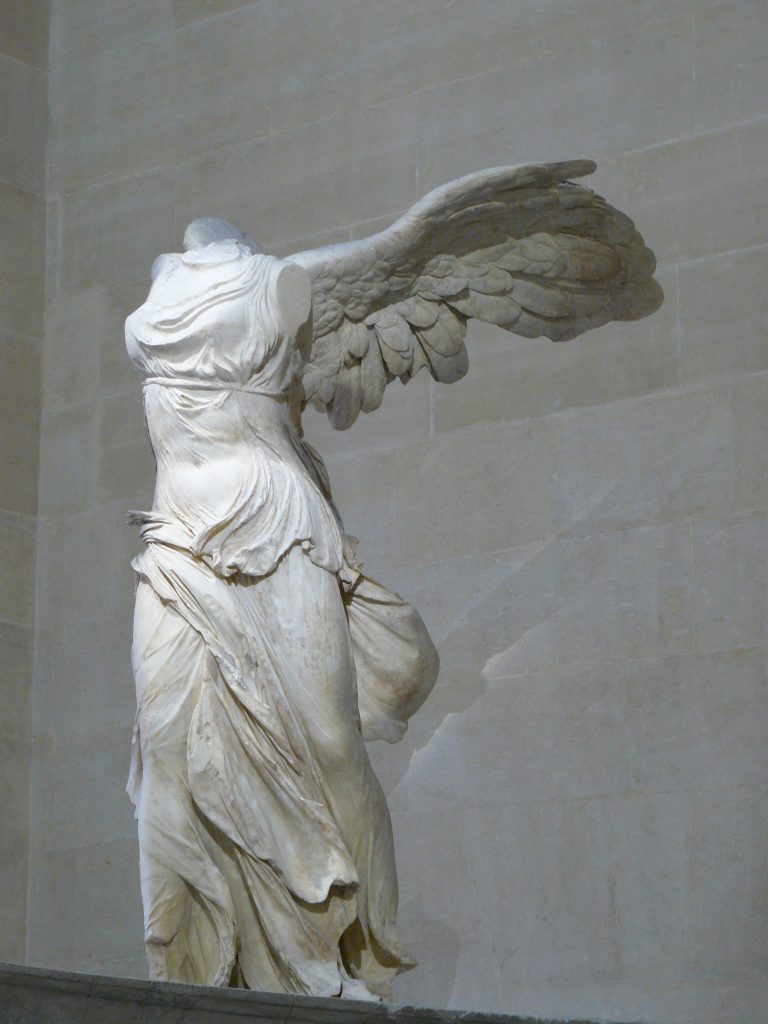
And, as I mentioned in her article, that’s where Hannah comes in. Someone who Brynhilde can’t win with, as things stand. Brynhilde doesn’t care that Hannah breaks the rules (she doesn’t care when Caleb does!), Brynhilde cares that she can’t earn that respect of her. As mentioned before, a conflict in the common route arises when Brynhilde and Hannah are forced to work on a school project together.
That therein lies the overall conflicts that surround Brynhilde’s character in the VN–situations where Brynhilde fails to or cannot win with the help of her skill, talent, or position of power. Situations where Brynhilde must–gasp–ask for help. When you’re so used to winning, it’s a difficult thing to do, especially when she’d be reluctant to do so to save face. And that’s what happens in her route–Caleb steps in and takes action when Brynhilde cannot.
Ballroom Blitzkrieg
“We are going to make you into a man that will be so noble he transcends the boundaries of blood and title. Someone who must be able to take any challenge life throws at him, from rivals to lovers alike.”
Beatrice d’Aubernac
The next thing I want to talk about is the tone of Brynhilde’s route (and to some extents the game overall). I spoke about it a little bit in Juliet and Hannah’s articles before. There is an intentional dissonance between the tones of the romance-focused first half and war-focused second half. The common route concludes in a walker-fencing duel, where Brynhilde and Hannah face off against Brynhilde’s French Gaullen fencing rivals. Yes, it’s as absurd as it sounds. And, aside from the more sorrowful bits of the route, the first half of the game is rather upbeat, even despite the climate of the times, whereas the latter half of the game is dreary and serious, as expected of the war genre.
Well, why? It’s about contrast once again–we see the characters grow up in a peaceful world, and get to see them develop as they face the horrors of war. I’m not sure if any well-known VN does this (Muv-Luv does this with the protagonist, but the other characters have lived in such a world their whole lives). It’s a concept I’d like to explore. Additionally, it gives the player more of a reason to read on–maybe someday, the characters will be able to return to a peaceful life, so perhaps readers are encouraged to read further to see if that happens.
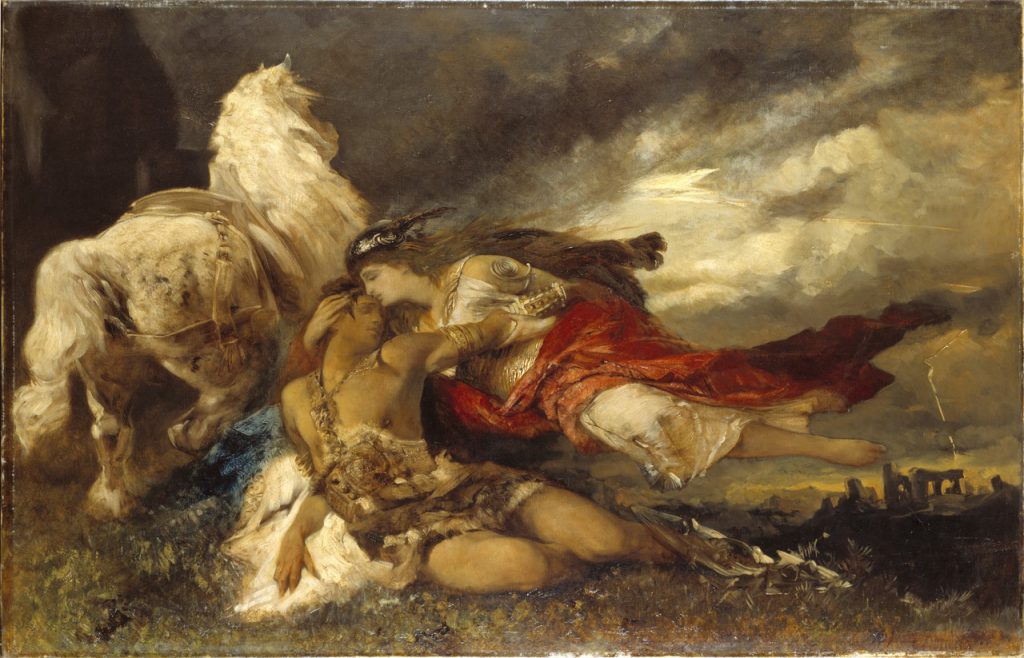
Brynhilde’s route in particular is the most over-the-top, befitting of her bombastic character. Our protagonist Caleb gets wrapped up in noble dances and banquets. He meets some grandiose characters, like Brynhilde’s theatrical and romantic Gaullen rival Beatrice, her foul-mouthed bratty underling Marie, the pompous and arrogant Sebastian, and the war hero himself Mr. Albrecht “The Anvil” Solberg. It’s a route packed with drama and action, and the only route where Caleb faces the threat of death.
This is because we aim for each route to offer a different experience–more of a reason to go back and play the routes you missed after playing through the rest of the game. If each route was a samey romantic route, there’s not much point, no? With Juliet’s route, I aim to make it sorrowful and the most heartfelt and personal to Caleb (she is his childhood friend, after all). Lisabet’s route is primed to be the the most traditionally romantic of them all (Star-crossed lovers? Maybe!). Hannah’s is the one with the most inward-facing, introspective conflict, and as stated, Brynhilde’s is the most high-flying and dramatic. Hopefully, between the heroines and their routes, there’ll be something for everyone!
Afterword
Thanks for reading! If you’re interested in Steel Hearts, feel free to follow this blog, or follow us on twitter at https://twitter.com/heartscorps.
Contact me at:
Twitter – https://twitter.com/PalladionHearts
Discord – Palladion#5914


